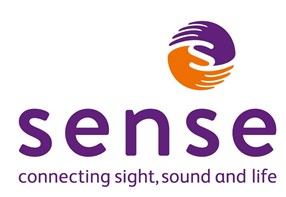Dual sensory / deafblindness
Dual sensory impairment refers to a person with both sight and hearing impairment and is sometimes referred to as deafblind.
People can be born with a dual sensory impairment or they can experience sight and hearing loss at any stage of their life.
Often hearing and vision loss can come on gradually.
In later life, people often think this is a natural part of the aging process and can sometimes go unrecognised in the early stages.
If you experience any form of sensory loss then there are a number of options for you to get advice information and support.
You can contact your registered GP who can refer to you to an eye or hearing specialist who can determine:
- the significance of your problems
- point you in the direction of gaining a greater understanding of your situation
- support you to register as blind, partial sighted or deaf
What causes deafblindness?
There are many potential causes of deafblindness. Some babies are born deafblind, but in many cases the hearing and/or vision loss occurs later in life.
Causes of deafblindness include:
- age-related hearing loss
- genetic conditions, such as Usher syndrome
- an infection in a baby in the womb, such as rubella (German measles)
- cerebral palsy – a problem with the brain and nervous system that mainly affects movement and co-ordination
- eye problems associated with increasing age, such as cataracts
Living with deafblindness
A range of care and support services is available to help deafblind people.
Each deafblind person will have a different level of hearing and sight loss, which means they'll have their own individual care needs.
The general aims of care for a deafblind person are to:
- preserve and maximise any remaining sight or hearing the person has – this could involve treating underlying conditions like cataracts, wearing glasses or using a hearing aid
- teach alternative methods of communication – such as hand on hand signing or braille
- help retain or develop as much independence as possible – for example, by training the person to use a long cane, a guide dog or offering a communicator guide





